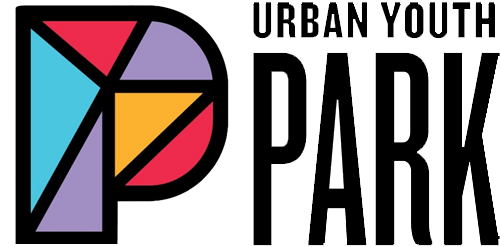Growing Together: How Parkour leads to Growth in Character and Social Skills
It’s no secret that in the fast-paced, screen-filled world we live in, opportunities for children and teens to face real, physical challenges alongside their peers are quickly disappearing.
Traditional play has been replaced by digital entertainment, and recess is shrinking in schools. This growing gap in meaningful physical interaction doesn’t just affect kids’ health—it deeply impacts their social and emotional development.
At Urban Youth Park, we believe parkour is a powerful, exciting, and fulfilling way to bridge that gap.
The Problem: Kids Lack Safe, Real-World Physical Challenges
Unfortunately, many children no longer experience physical challenges with their peers in a constructive setting. Schools often limit physical play due to safety concerns. Organized sports can be overly competitive or exclude less athletic children. Free play in neighborhoods has declined due to safety worries and busy family schedules. As a result, many kids miss out on critical developmental experiences that come from testing limits, solving problems together, and learning to trust themselves—and each other.
The Importance of Facing Challenges Together:
In the 2 following case studies we can see exactly how Parkour can be a perfect gateway for crucial growth and development:
Case Study A: Peer-Supported Challenge Enhances Resilience (University of British Columbia, 2018)
In this study, researchers observed two groups of middle school students over a semester. One group participated in guided physical challenge-based activities (like obstacle courses), while the other followed standard PE classes. The challenge group demonstrated significantly higher improvements in resilience, self-efficacy, and prosocial behaviors. The key difference? The environment of teamwork and shared progress built stronger emotional growth and social bonds.
Case Study B: Movement-Based Programs Boost Social Skills in Youth with Behavioral Issues (Journal of Child Psychology, 2020)
This study examined the effects of structured movement programs—particularly those involving goal-setting and peer interaction—on at-risk youth. Those in the movement-based group showed a 35% improvement in cooperative behavior, conflict resolution, and self-regulation. Activities like parkour, which demand both mental focus and physical effort, were especially effective in nurturing emotional intelligence and peer relationships.

